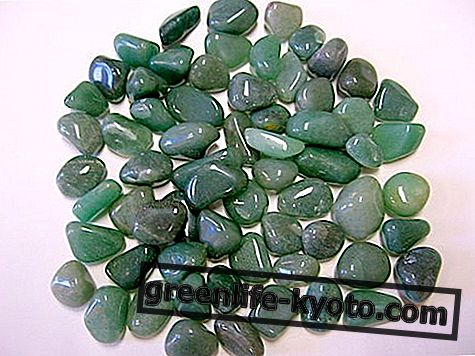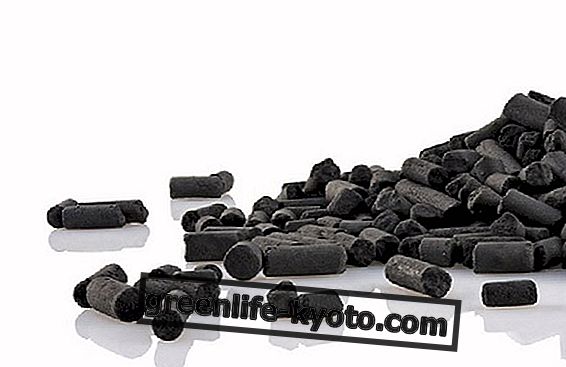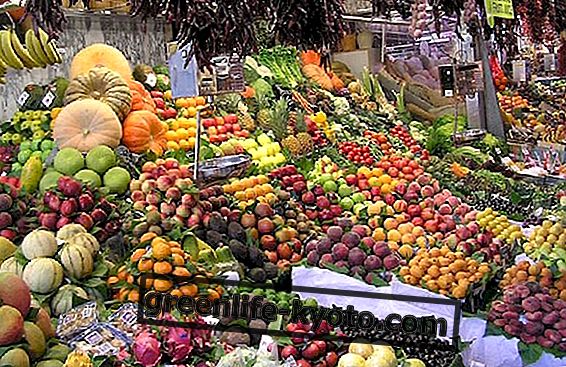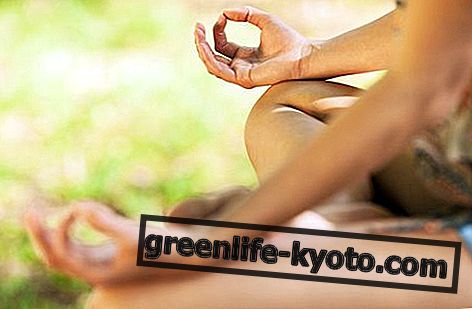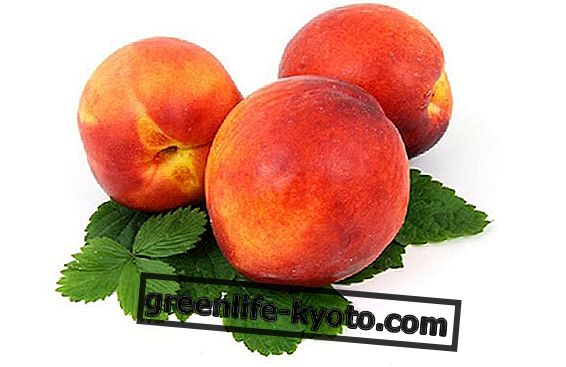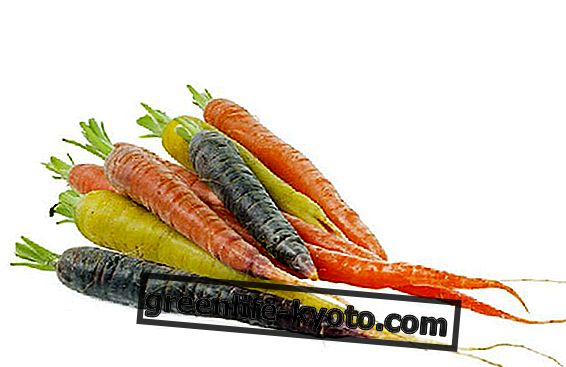
Yoga is such a wide, deep and complex world that few people in the world can call themselves experts in the field . And in fact with the term yoga in the West (and increasingly also in the East, for marketing reasons) only a branch of the same is defined, often restricted to a few well-defined and circumscribed aspects.
It is no mystery that the term yoga generally refers to the practice of hatha yoga, and when one refers to another type of yoga, one uses a prefix. Some examples are raja yoga, bhakti yoga, kriya yoga, ashtanga yoga, agni yoga, and so on. But how did this come about?
The origin of hatha yoga
Originally, the term yoga meant an integral discipline, not only physical but also psychological, energetic and spiritual . It was a practice parallel to the religious one, with mystical and sometimes occult aspects .
Many other religions had something similar: Islam had Sufism, Christianity had Gnostic Hermeticism, Judaism the Cabal, and so on.
Over time, however, the various aspects of yoga were divided between them, while maintaining relationships: the work on the body broke away from the philosophical one, the search for the mystical experience of ethical perfection, the devotional aspect of mental improvement and so on. Already in antiquity hatha yoga was founded, mainly based on the physical body and prana.
The origin of Iyengar yoga
But further specializations have arisen even within the hatha yoga itself, and here with master BKS Iyengar has taken shape what we now consider modern hatha yoga .
All the work of his life was based on putting emphasis on asanas, or physical postures, and on pranayama as a breath control.
All the more occult and esoteric aspects of hatha yoga, linked to tantrism and therefore to kundalini, have passed into the background and all the spotlights have focused on the perfection of the details of the asanas and the times of pranayama rather than their mystical and energetic meanings. .
The asanas and the texts of Iyengar yoga
Today Iyengar yoga is considered a type of hatha yoga, able to bring numerous benefits to the body, such as strength, elasticity, fluidity in movement, calm and control, through physical asanas and rather than through the control of prana.
In his numerous and masterly texts on the subject, the master Iyengar comes to count more than 200 asanas, all well documented and photographed . In each asana, the main instrument of his yogic method: the alignment and symmetry of the various parts of the body is of primary importance .
Once these aspects are mastered, even the most complicated of asanas can be performed without any effort. Listing the Iyengar yoga asanas would be exhausting, pretentious and even of little use.
It is much more useful to suggest reading the books of the master Iyengar, many of which are also published in Italian:
The essence of the Yoga Sutras, Theory and practice of yoga; Theory and practice of pranayama; The Tree of Yoga; Commentary on the Yoga Sutras of Patanjali; Iyengar. Life and the Work ; Yoga. Know and practice Yoga with a great teacher; Compendium of Yoga Theory and Practice; Life in Yoga; Yoga and sport.


